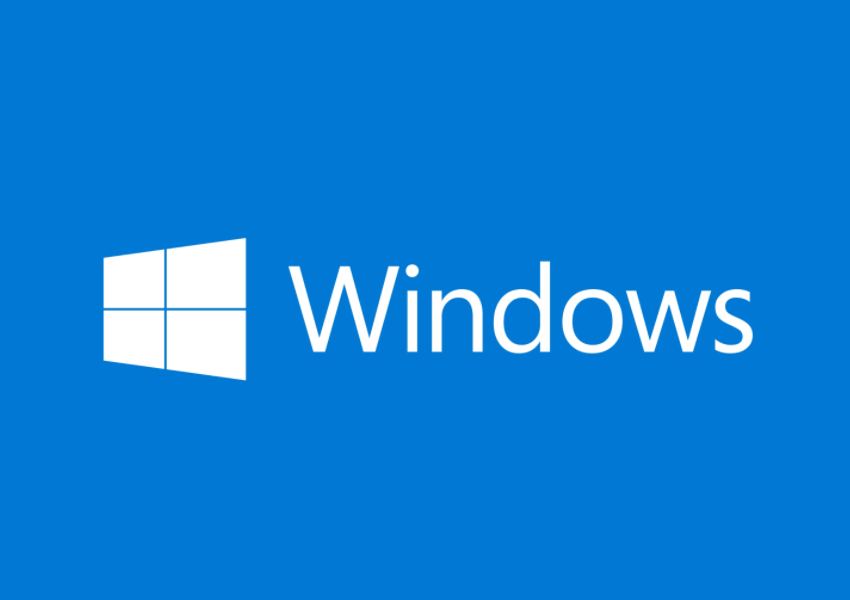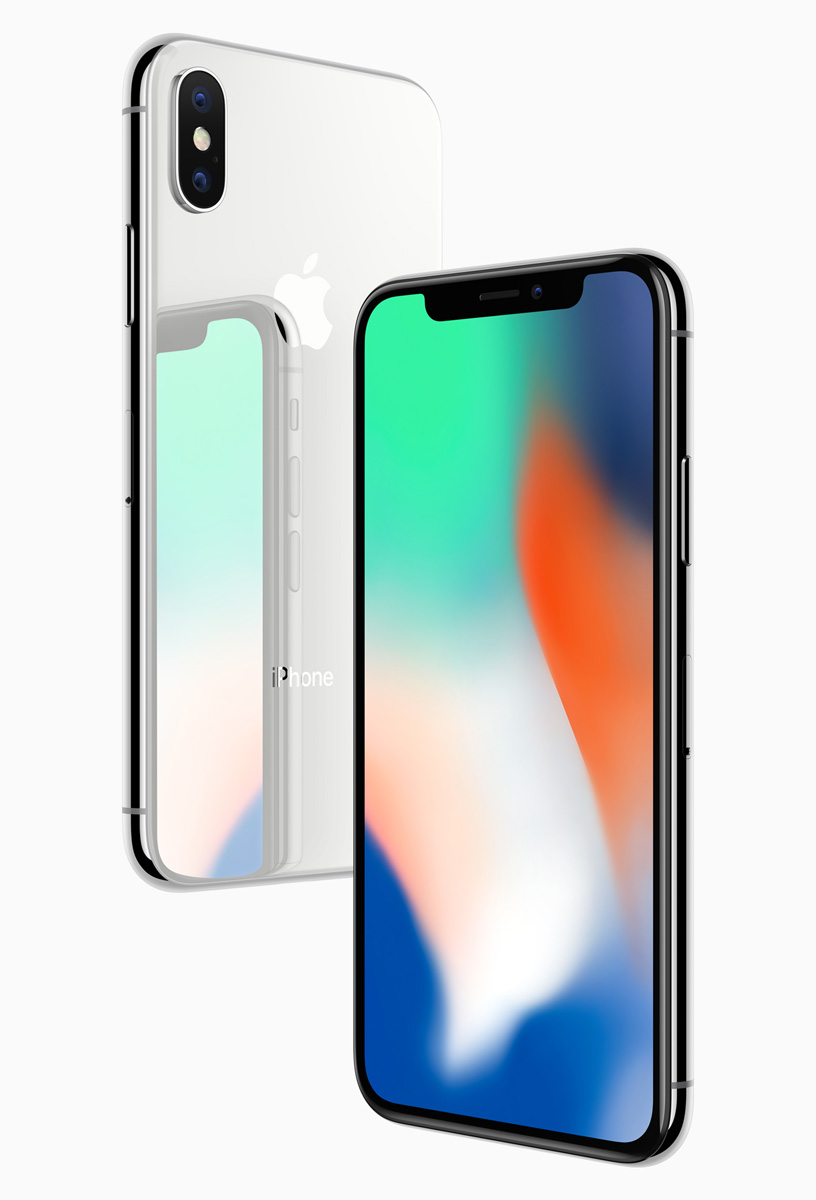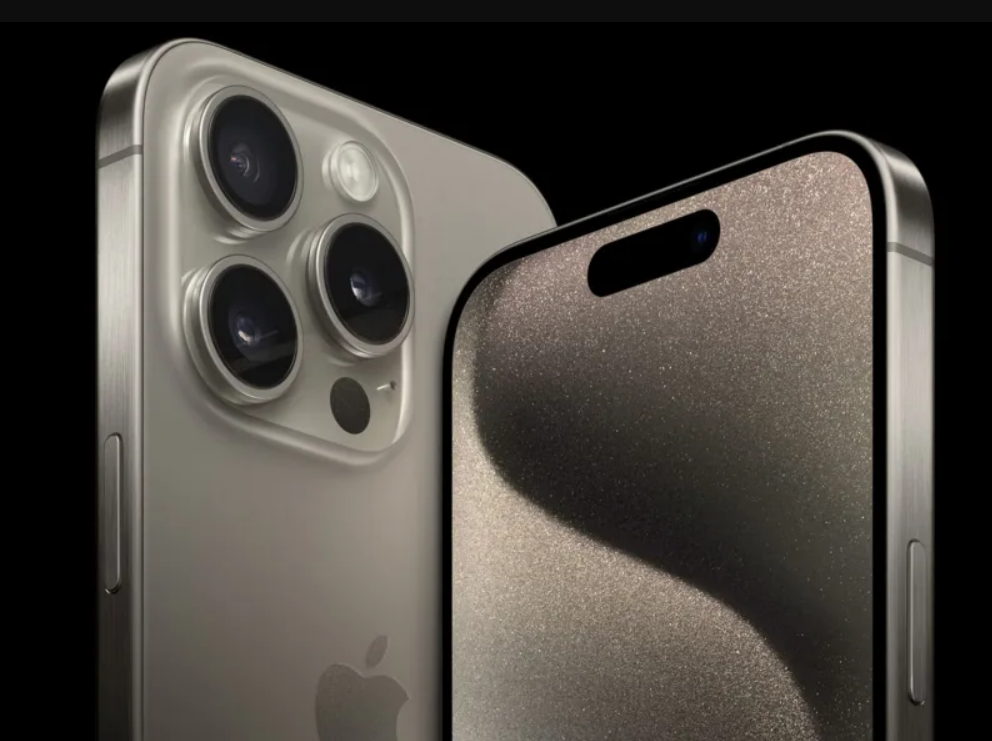If a particular application is causing trouble or simply not working right, then a good troubleshooting step is to clear both the app cache and the app data.
Earlier this month I showed you how to complete wipe the entire cache partition for your Galaxy S7 and Galaxy S7 Edge. This is great for trying to resolve an issue that is caused by data within the cache partition. The cache partition also holds data from the Android OS too and sometimes that simply needs a refresh in order to function properly. This can also be a little overkill if you know there’s something wrong with one specific application.
It won’t hurt other applications to wipe the entire cache partition, but if you know whatever issue you’re having is caused by one specific app then you might as well just clear the cache and data for that particular app.
Bluetooth on your Galaxy S7 and S7 Edge is also maintained by an application called Bluetooth Share. This won’t appear in the typical app list on your home screen or in the application drawer, but it is tucked away within the Android OS. This is called a ‘System App’ and you’ll see it in the list of apps within the Application Manager as well. Clearing both the App Cache and App Data of the Bluetooth Share app has been known to fix random issues with devices that are having trouble connecting to the Galaxy S7 and Galaxy S7 Edge via Bluetooth. This isn’t something that will fix all Bluetooth issues, but I have seen it help a lot of people throughout my time with Android.
I will break up this tutorial into two parts(but I’ll just do one video about it) because not everyone wants to clear both the cache and the data for a particular app. I generally try to fix an app by clearing the App Cache first. If that doesn’t seem to fix it then I’ll go back into the Application Manager and clear the Galaxy S7 App Cache again before clearing the Galaxy S7 App Data as well. You will get a warning about the possibility of losing files by clearing the App Data(hopefully you did a recent backup), but this isn’t always the case. You quite possibly will have to enter your username/password or connect the app(or game) back to your Google account if you end up clearing the App Data as well.

I do agree that it is never good to lose data like that(and this is why I recommend clearing just the cache at first), but it sure beats not being able to use the app ever again. So let’s jump into both of these tutorials now.
Galaxy S7 Clear App Cache
- Launch the Settings Application
- Scroll Down and Tap on the ‘Applications’ Option
- Then Tap on the ‘Application Manager’ Option at the Top
- Locate and Tap on the Application You’re Having Trouble With
- Tap on the ‘Storage’ Option
- Then Tap on the ‘Clear Cache’ Option
Galaxy S7 Clear App Data
- Launch the Settings Application
- Scroll Down and Tap on the ‘Applications’ Option
- Then Tap on the ‘Application Manager’ Option at the Top
- Locate and Tap on the Application You’re Having Trouble With
- Tap on the ‘Storage’ Option
- Then Tap on the ‘Clear Data’ Option
Explanation
Both of these functions are right next to each other on the same page. The hardest part here is to just know where to look within the Settings app and then finding the application within the list. So to start, simply launch the Settings application and then scroll down to tap on Applications. From here, at the very top you should see an option called Application Manager. Go ahead and tap on this and then you’ll be given a list of your installed application. Now, if you want to wipe the cache and data for a System Application, then you’ll need to tap on the More button at the top right.
This will reveal a menu where you’ll see an option called Show System Apps. If you’ve previously selected this option then you’ll see something like Hide System Apps. Samsung does this because there are a lot of System Apps installed on the Galaxy S7 and the Galaxy S7 Edge(and all Android devices really). Most people don’t ever have to worry about System Apps so it’s best to just hide them from the list by default. Thankfully we have the option to hide or show those apps though, so you can keep it on whichever way you like the most.
Once you have found the application you want to clear data for, just tap on it from the list and then tap on the Storage option. This will give you some data about how much storage this particular application is using up(for both data as well as cache). So from here you can tap on the Clear Cache button and then you can go back to launch that app and see if it’s cleared up the problem you were having with it. If it doesn’t, then you can go back into the Application Manager and then try clearing both the cache and then the data(cache first, then data). Then again, you can go and try to relaunch the application to see if it’s resolved the issue.
Just like with clearing the cache partition, clearing the app cache and app data isn’t a universal solution for every problem that an Android application might have on the Galaxy S7 or Galaxy S7 Edge. It is a good troubleshooting step though and it’s something that you’d want to try to do before uninstalling and reinstalling the app, doing a factory reset on the Galaxy S7 or Galaxy S7 Edge, or simply returning your device back to the carrier or retail outlet to get a new one. Hopefully it won’t take extreme measures of returning your device to fix a simple application, but if nothing else helps then you just might have to.






I have a Galaxy S7. I want to disable an app. I go to settings, app, BUT THERE IS NO APP MANAGER so I can’t do a thing. I believe I have the Oreo software.
How do I disable my existing contact app because I downloaded a new contact app and I love it.
Thanks
https://www.techexplained.co/galaxy-s7-disable-apps/